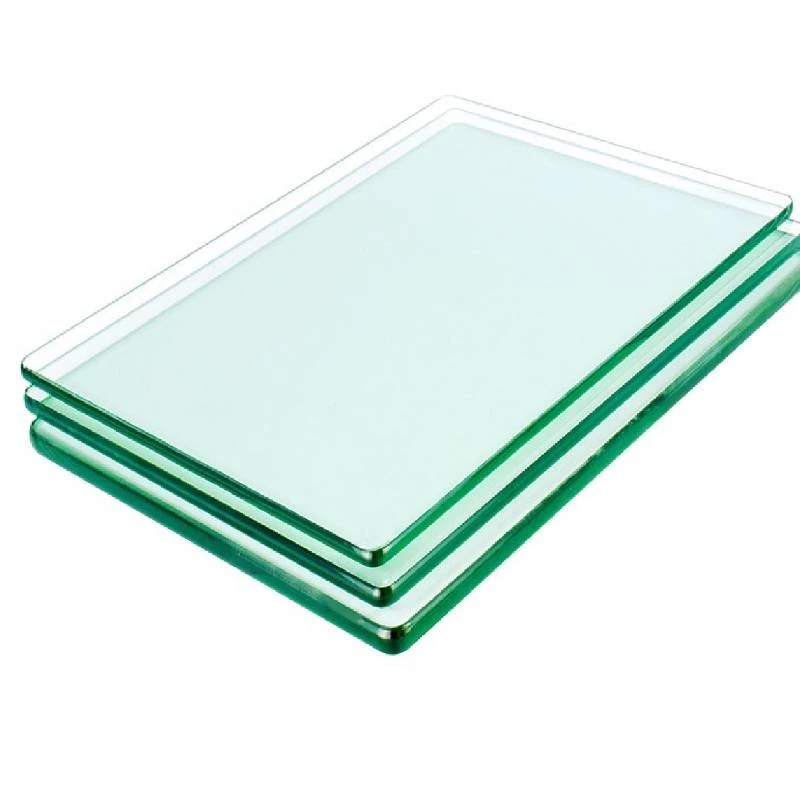What is Glazing in Architecture?
Glazing, in the realm of architecture, refers to the installation and use of glass in buildings, particularly in the creation of windows, facades, and skylights. It is an essential aspect of modern architecture as it greatly influences a building's aesthetics, energy efficiency, and overall functionality. The term glazing encompasses various types and methods of incorporating glass, and its significance extends beyond mere decoration to play a crucial role in architectural design, environmental sustainability, and user comfort.
Historical Perspective
The use of glass in architecture dates back several centuries. Initially, glass was a luxury material reserved for the wealthy, often seen in ornate stained glass windows of cathedrals and palaces. As technology evolved, so did the manufacturing processes of glass, making it more accessible and versatile. The Industrial Revolution marked a significant turning point with the development of larger panes of glass, enabling architects to create expansive windows and glass structures.
Types of Glazing
There are several types of glazing used in contemporary architecture, each serving specific purposes
1. Single Glazing This consists of a single pane of glass and is the simplest form of glazing. While it is cost-effective, it lacks insulation and is not commonly used in energy-efficient buildings today.
2. Double and Triple Glazing These consist of two or three panes of glass separated by an air or gas fill (like argon) to improve insulation. Double and triple glazing significantly reduce heat transfer, enhance energy efficiency, and provide noise reduction.
3. Low-E Glazing Low-emissivity (Low-E) glass is coated with a microscopically thin layer that reflects heat while allowing light to penetrate. This type of glazing helps maintain indoor temperature, reducing reliance on heating and cooling systems.
4. Laminated and Tempered Glass Laminated glass consists of multiple layers bonded together, providing safety and sound insulation. Tempered glass, on the other hand, is heat-treated to increase strength and resist shattering. Both types are vital in ensuring the safety and durability of architectural designs.
what is glazing in architecture
5. Smart Glass Also known as dynamic glazing, smart glass changes its properties in response to environmental conditions, such as temperature or sunlight. This innovative technology allows for the control of light and heat entering a building, contributing to energy savings.
Environmental Impact
Glazing plays a pivotal role in energy efficiency and sustainability in architecture. Buildings are significant contributors to energy consumption, and optimizing glazing can lead to substantial reductions in energy use. High-performance glazing minimizes heat loss during colder months and minimizes heat gain in warmer months. By incorporating techniques such as passive solar design, architects can utilize glazing strategically to harness natural light and heat, reducing the need for artificial lighting and heating.
Additionally, advancements in glazing technologies, such as the use of low-emissivity coatings and solar control glass, help mitigate glare and increase occupant comfort while minimizing the carbon footprint of buildings. Sustainable glazing solutions also include the use of recycled materials and environmentally friendly manufacturing processes.
Aesthetic and Functional Benefits
Beyond energy efficiency, glazing enhances the aesthetic quality of a building. Large glass surfaces create a visual connection between the interior and the exterior, promoting natural light and a sense of openness. Architects often use glazing to achieve specific design goals, crafting stunning facades that reflect the character of the surrounding environment.
Moreover, glazing allows for innovative design opportunities, such as atriums, curtain walls, and glass bridges, which can transform conventional spaces into visually striking architectural statements. The interplay of light, transparency, and reflections adds depth and dimension to structures, making them more inviting and engaging.
Conclusion
In summary, glazing is a fundamental element of contemporary architecture, offering a myriad of benefits that encompass aesthetics, energy efficiency, and user comfort. Whether through traditional methods or cutting-edge technologies, the application of glass in buildings continues to evolve, pushing the boundaries of design and functionality. As architects strive to create sustainable, visually appealing, and user-friendly spaces, glazing remains an indispensable tool in their arsenal, shaping the future of architecture for years to come.
 Afrikaans
Afrikaans  Albanian
Albanian  Amharic
Amharic  Arabic
Arabic  Armenian
Armenian  Azerbaijani
Azerbaijani  Basque
Basque  Belarusian
Belarusian  Bengali
Bengali  Bosnian
Bosnian  Bulgarian
Bulgarian  Catalan
Catalan  Cebuano
Cebuano  Corsican
Corsican  Croatian
Croatian  Czech
Czech  Danish
Danish  Dutch
Dutch  English
English  Esperanto
Esperanto  Estonian
Estonian  Finnish
Finnish  French
French  Frisian
Frisian  Galician
Galician  Georgian
Georgian  German
German  Greek
Greek  Gujarati
Gujarati  Haitian Creole
Haitian Creole  hausa
hausa  hawaiian
hawaiian  Hebrew
Hebrew  Hindi
Hindi  Miao
Miao  Hungarian
Hungarian  Icelandic
Icelandic  igbo
igbo  Indonesian
Indonesian  irish
irish  Italian
Italian  Japanese
Japanese  Javanese
Javanese  Kannada
Kannada  kazakh
kazakh  Khmer
Khmer  Rwandese
Rwandese  Korean
Korean  Kurdish
Kurdish  Kyrgyz
Kyrgyz  Lao
Lao  Latin
Latin  Latvian
Latvian  Lithuanian
Lithuanian  Luxembourgish
Luxembourgish  Macedonian
Macedonian  Malgashi
Malgashi  Malay
Malay  Malayalam
Malayalam  Maltese
Maltese  Maori
Maori  Marathi
Marathi  Mongolian
Mongolian  Myanmar
Myanmar  Nepali
Nepali  Norwegian
Norwegian  Norwegian
Norwegian  Occitan
Occitan  Pashto
Pashto  Persian
Persian  Polish
Polish  Portuguese
Portuguese  Punjabi
Punjabi  Romanian
Romanian  Russian
Russian  Samoan
Samoan  Scottish Gaelic
Scottish Gaelic  Serbian
Serbian  Sesotho
Sesotho  Shona
Shona  Sindhi
Sindhi  Sinhala
Sinhala  Slovak
Slovak  Slovenian
Slovenian  Somali
Somali  Spanish
Spanish  Sundanese
Sundanese  Swahili
Swahili  Swedish
Swedish  Tagalog
Tagalog  Tajik
Tajik  Tamil
Tamil  Tatar
Tatar  Telugu
Telugu  Thai
Thai  Turkish
Turkish  Turkmen
Turkmen  Ukrainian
Ukrainian  Urdu
Urdu  Uighur
Uighur  Uzbek
Uzbek  Vietnamese
Vietnamese  Welsh
Welsh  Bantu
Bantu  Yiddish
Yiddish  Yoruba
Yoruba  Zulu
Zulu 

